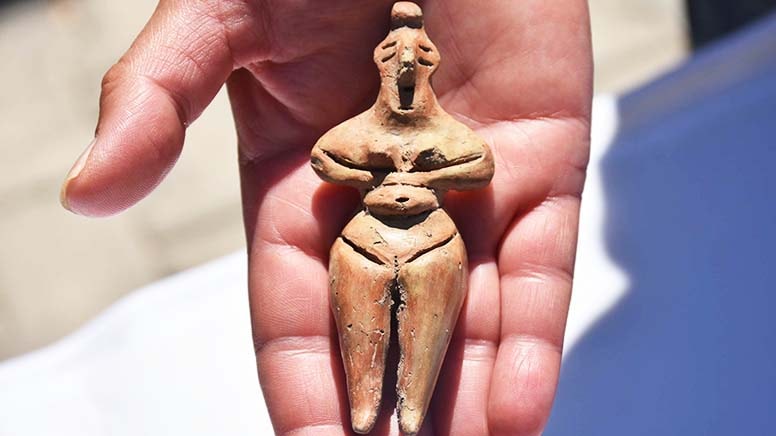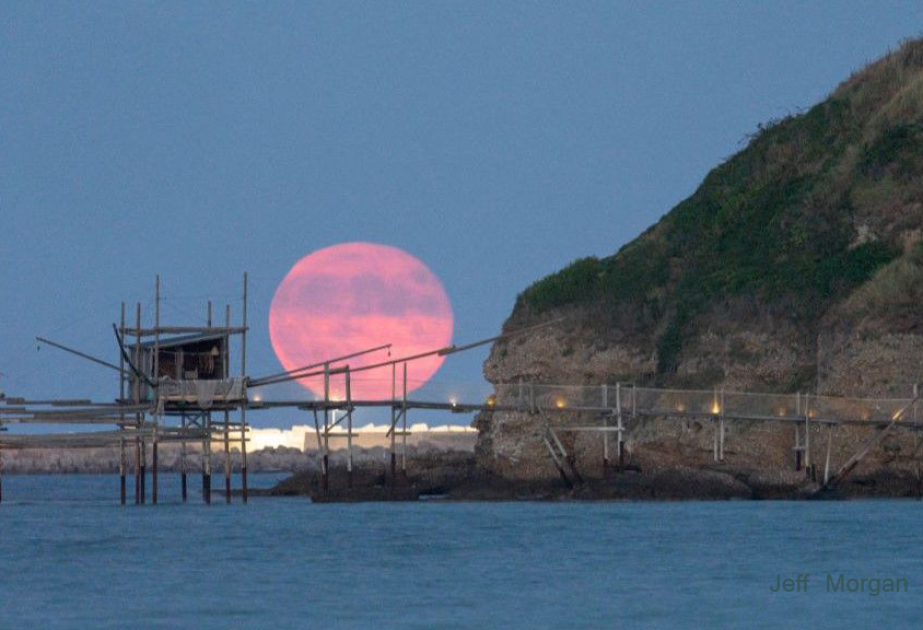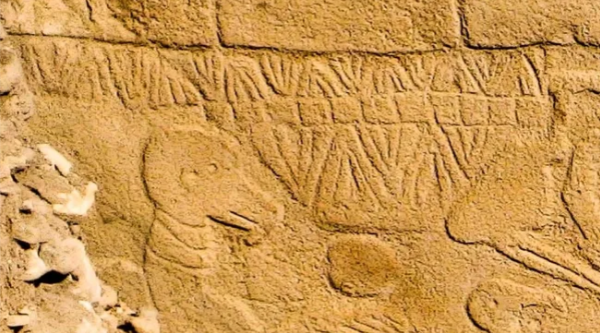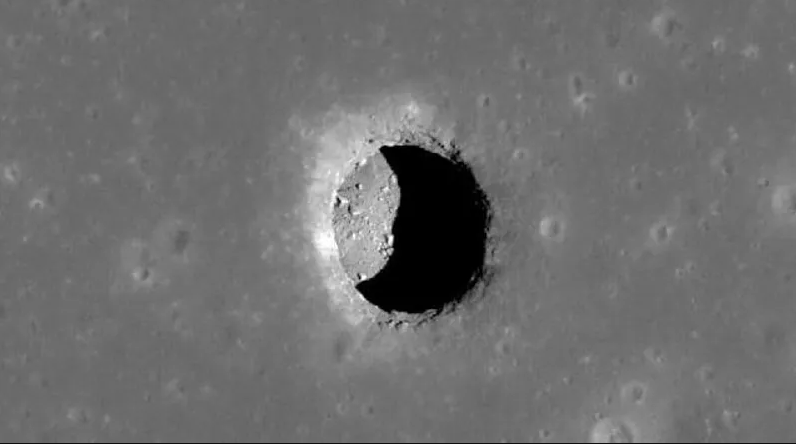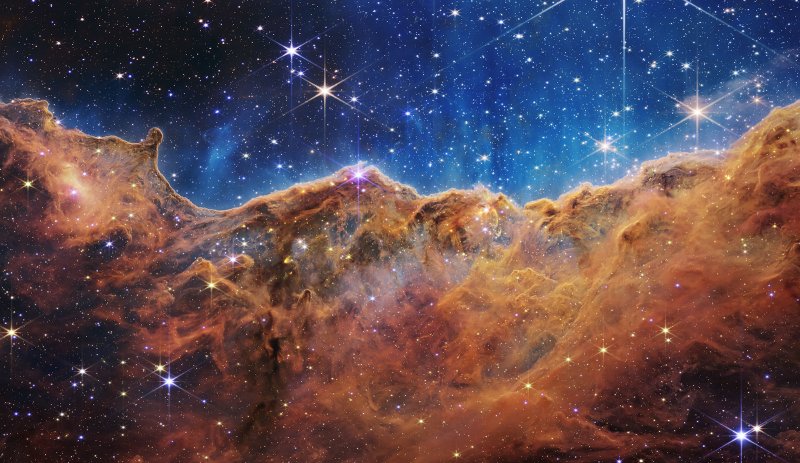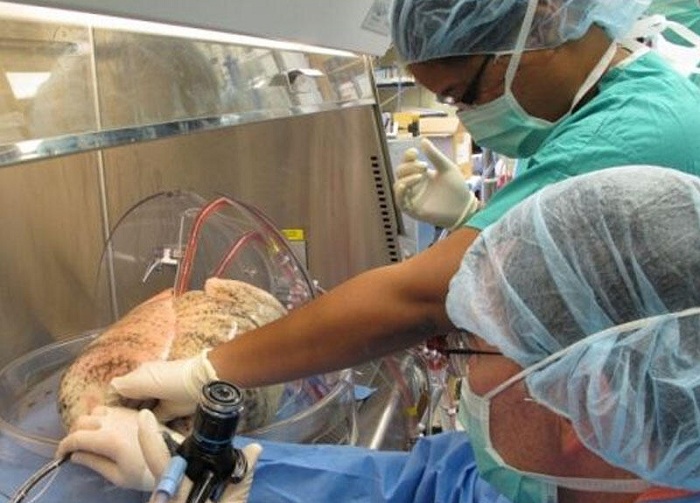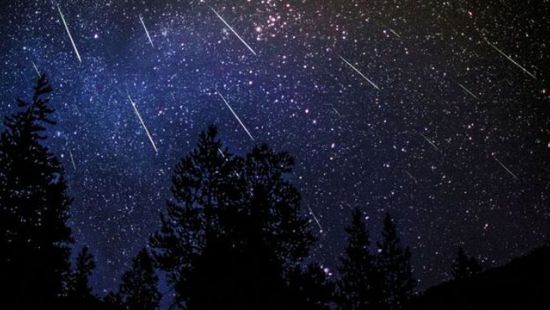
- A-
- A
- A+
The inhabitants of our planet will witness Perseid meteor shower
The annual Perseid meteor shower reaches peak activity on the night of 12/13 August and, if the weather is kind to us, this year’s display could be something to remember. Two things can conspire to ruin a meteor shower; the weather and the Moon. This year new Moon occurs on 11 August and this natural light polluter will be absent during the Perseid’s peak period.
Perseid meteors occur when our planet passes through the dust strewn around the orbit of comet 109P/Swift-Tuttle. Earth first enters this region around the middle of July when the dust density is low and just a few meteors are seen. The density continues to increase throughout the rest of July but only slightly. It’s not until we get towards the central part of the dust stream, around the end of the first week in August, that rates start to climb significantly.
The densest part of the stream is reached on the night of 12/13 August. Earth then moves out through the other side of the stream and rates drop off once again. We fully exit the stream around the third week of August. The most impressive rates tend to occur in the week of 9-16 August.
The activity of a meteor shower is given by its zenithal hourly rate, or ZHR. The Perseid shower has a ZHR of 80-100 meteors per hour at peak, and it is this figure you’ll most likely see bandied around. However, the ZHR can be misleading because it assumes perfect and optimal conditions. In reality few of these conditions are ever truly met and the number of meteors you can actually expect to see – the visual rate - will always be lower.
Similar News
Links
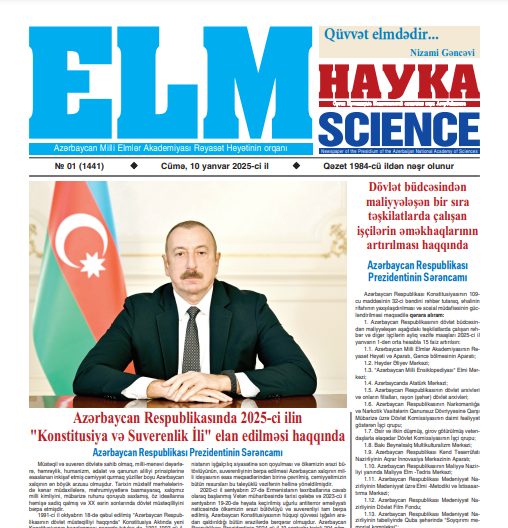
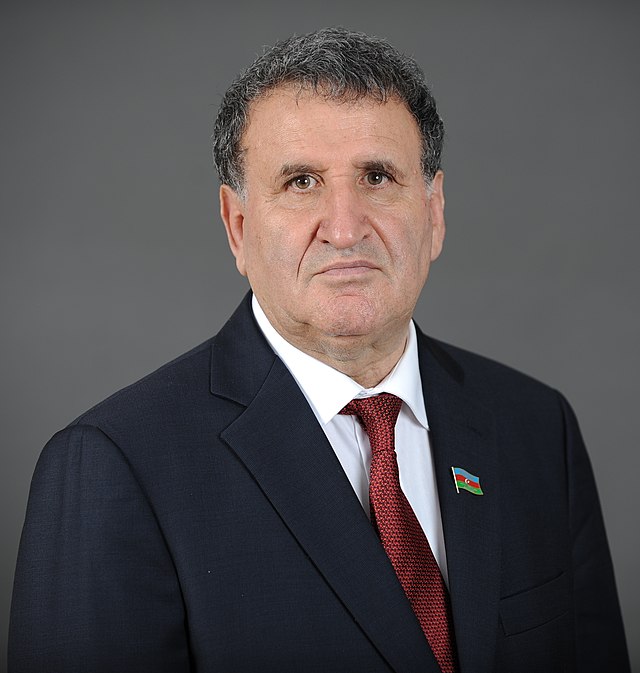
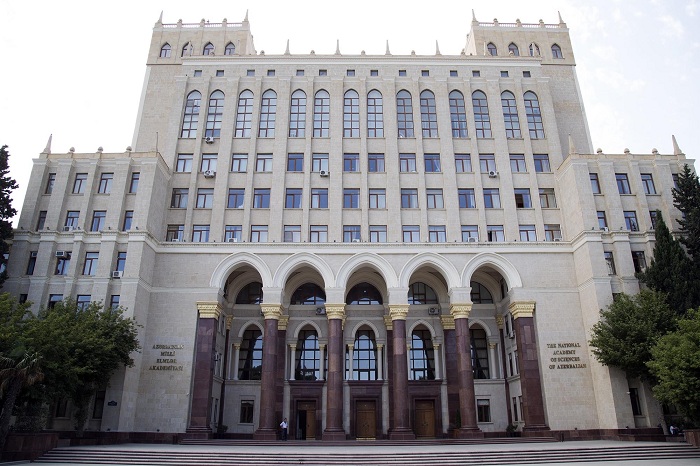

 Elm TV
Elm TV
 Photo
Photo
 Video
Video
